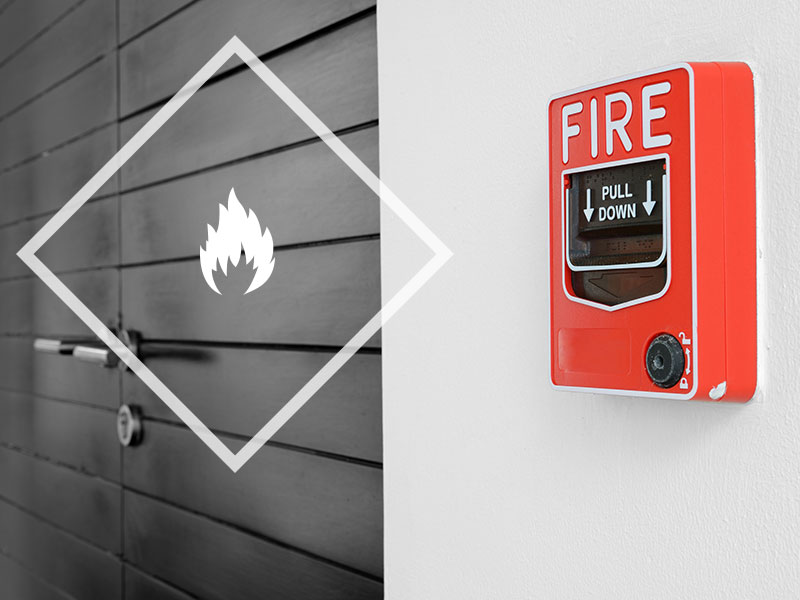MAXIMIZING FIRE SAFETY: THE ROLE OF INTERCONNECTED FIRE ALARM SYSTEMS

In the realm of fire safety, the ability to detect a potential threat swiftly can make all the difference. Interconnected fire alarm systems, a technological marvel, provide an elevated level of protection by connecting multiple alarms within a building. In this blog post, we delve into the advantages of interconnected fire alarm systems and how they bolster fire safety measures.
Expansive Detection Coverage
Interconnected fire alarm systems offer unparalleled coverage by linking multiple alarms. When one alarm detects smoke, heat, or flames, it activates a signal that sets off all interconnected alarms, sounding alerts throughout the building. This ensures that building occupants are promptly notified, irrespective of their location, significantly increasing the likelihood of early detection and a safe evacuation.
Swift Alerts and Responses
In an emergency, every moment counts. Interconnected fire alarm systems expedite alerts and responses by synchronizing alarms. When one alarm is triggered, all interconnected alarms activate in unison, emitting loud and synchronized alerts. This immediate and synchronized response guarantees instant notification for occupants, affording them precious time to evacuate safely.
Notification for All Occupants
For large buildings or spaces housing multiple occupants, interconnected fire alarm systems are a game-changer. These systems enable simultaneous notification of all occupants, ensuring that everyone receives the alert, regardless of where they are situated. This capability is particularly critical in scenarios where occupants may be spread across different floors or sections of the building.
Enhanced Accessibility
Interconnected fire alarm systems can integrate additional accessibility features to ensure alerts reach every individual, including those with hearing impairments or disabilities. These features may encompass strobe lights, vibrating devices, or audible announcements, offering alternative notification methods alongside traditional alarm sounds.
Central Monitoring and Emergency Response
Many interconnected fire alarm systems can be linked to central monitoring stations or emergency response services. Upon activation, the system automatically notifies the monitoring station, which can promptly dispatch emergency services. This added layer of protection ensures swift assistance, minimizing the potential impact of a fire incident.
Reduced False Alarms
Interconnected fire alarm systems often incorporate advanced technology that curbs false alarms. These systems can differentiate between benign smoke or steam and a genuine fire, minimizing false alarms. This not only prevents unnecessary evacuations and disruptions but also upholds the credibility and effectiveness of the fire alarm system.
In Conclusion
Interconnected fire alarm systems emerge as a formidable ally in the pursuit of fire safety enhancement. By delivering expansive detection coverage, swift alerts and responses, notification for all occupants, improved accessibility, central monitoring, and reduced false alarms, these systems maximize the odds of early detection, a rapid evacuation, and an effective emergency response.
Should you be contemplating an upgrade to your fire alarm system, we encourage you to consult with WSS Integrated Technologies’ fire safety professionals. We can evaluate your specific needs and illuminate the benefits of interconnected fire alarm systems.
- The Role of Continuous Monitoring and Analysis in Intrusion Detection - September 6, 2024
- Understanding Crucial Terms and Technologies in Fire Alarm Systems - August 30, 2024
- The Anatomy of a Fire Alarm System: Essential Components for Complete Protection - August 23, 2024
